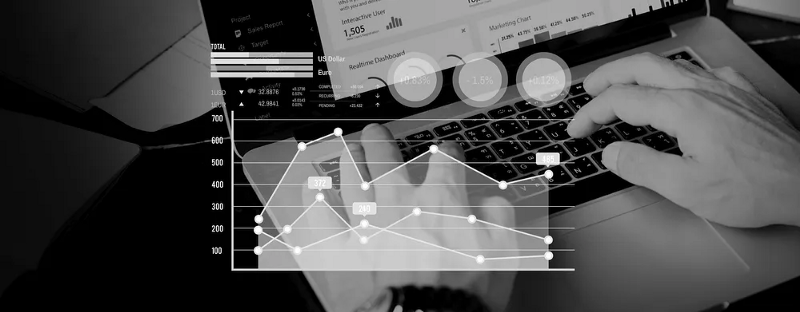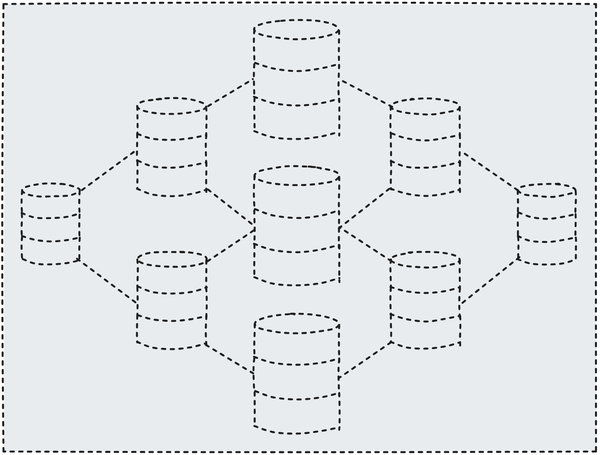Negative Leverage and How to Manage It
Can we all agree that the next person that says, “inflation has peaked” just isn’t allowed to speak for like 3 months? This afternoon, the…

Can we all agree that the next person that says, “inflation has peaked” just isn’t allowed to speak for like 3 months? This afternoon, the FOMC is expected to raise rates again by at least 75 bps, with some analysts predicting 100bps, in an effort to combat inflation that just doesn’t seem to want to cool.
This will bring the effective fed funds rate to over 3% for the first time since… well, since before I started college. It’s been 15 years since Fed Funds has been this high, it’s been a decade since the 10T has been at it’s current yield, while cap rates have barely budged.
Source: CBRE — U.S. Cap Rate Survey H1 2022
This has led to an interesting condition for many asset classes with low cap rates, like industrial and multifamily, and a frustrating problem for those responsible for their firm’s debt management — negative leverage.
What is Negative Leverage?
It’s actually a pretty simple concept — when your cap rate falls below your cost of debt, then your levered cash on cash return will always be lower than your unlevered cash on cash return.
Let’s take the example below. Note that the Cap Rate is 4% and the Mortgage Constant is 4.5%.

Your initial reaction might be to simply de-lever the property, which at face value makes sense. If the debt service is too high, pay down the loan and get it to something where you’re back into positive leverage territory.
While that does help to alleviate the immediate problem of net cashflow, the return metrics never go positive because your cash equity rises along with your net cashflow. The chart below shows the Cash On Cash returns a 4% cap rate would return at various LTV’s and Mortgage Constants. The takeaway is that if you’re in a state of negative leverage, you maximize your returns completely unlevered.

Strategies for Dealing with Negative Leverage
Okay, so we’ve found ourselves in a pickle — we’re under contract to buy a property with a cap rate less than our expected mortgage constant and have decided that backing out of the transaction is a no-go. The only way to fix this is to flip the ratio, by either increasing NOI or decreasing the cost of debt.
What To Do If You Think NOI Will Increase
It’s reasonable to think that with high inflation, rents will rise along with that inflation. You may also have a plan to increase rents by more than contracted bumps. If this is you, there are a couple of options.
Option 1: Ride It Out
Just charging ahead is a valid strategy is this scenario, provided your cap rate isn’t that far below your cost of debt, and your projected NOI will bring your cap rate relative to purchase price above that cost of debt in the near term. Just keep in mind that if you can’t get rents up, you will be deflating your returns per the table above.
Option 2: Reduce Your Leverage
Admittedly, this is more of a hedge than anything else. Even if you think rents will increase, reducing your leverage can soften the blow of negative leverage if rents don’t increase the way you think they will. If things don’t go according to plan, it won’t be quite as painful.
Option 3: Buy In Cash
If this is an option for you, it might make sense to just buy it in cash, and lever up later. This can preserve your returns now, and allow you to redeploy funds later once the property has revenue to support the cost of debt.
Option 4: Use a Step Up Swap
I like using swaps to fix rates for a variety of reasons, one of which is the flexibility you have to shape the rate over time. A step-up swap is a structure whereby the borrower buys down the rate on the front-end of the swap by increasing the rate on the back-end of the swap. For example, if you could lock a swap at 4.50% for 10 years today, you could buy down the first 3 years of the swap to 4.00% by increasing the rate last 7 years to 4.71–4.75%.
This strategy can give you some up-front relief on your debt service, and amortize it later when your property is more able to absorb it. All else equal, this is robbing Peter to pay Paul (your compounded return is the same), but since a dollar today is worth more than a dollar tomorrow, it can help keep investors happier at quarter-end.
What To Do If You Think Rates Will Fall
Again a reasonable assumption. The Fed is notorious for hiking the economy into a recession, which means rates could come back down just as quickly as they’ve gone up. If you believe we’re near the inflation peak, then it’s reasonable to think rates could start creeping back down as well. If you’re considering these strategies, you either can’t buy in cash or you think the cost of debt won’t be an issue for long.
If You Prefer Fixed Rate Loans
Get a short-term loan, less than 3 years. While the yield curve is inverted, these tend to have tighter loan spreads that will help offset some of the increased yield on short term Treasurys. If you think rates are going to come crashing back down, then you don’t want to be locked into a rate for the long term.
If You Prefer Floating Rate Loans
Buy an interest rate cap. This let’s you float down while protecting you against upside moves. These are going to be very expensive right now with an aggressive Fed, so control costs by only buying a year or two of protection at a time.
Above all else, if you think rates are coming down, make sure you have prepayment flexibility. Whatever let’s you refinance cheaply and easily should be your number one priority.
Where We Go From Here
The market can’t be in a state of negative leverage forever. Either the cost of debt has to come down, or cap rates will have to come up to meet it. Only time will tell which will hold true.
If you liked this article, consider following me and subscribing to email updates whenever I post an article. You can also follow me on Twitter or connect with me on LinkedIn.





